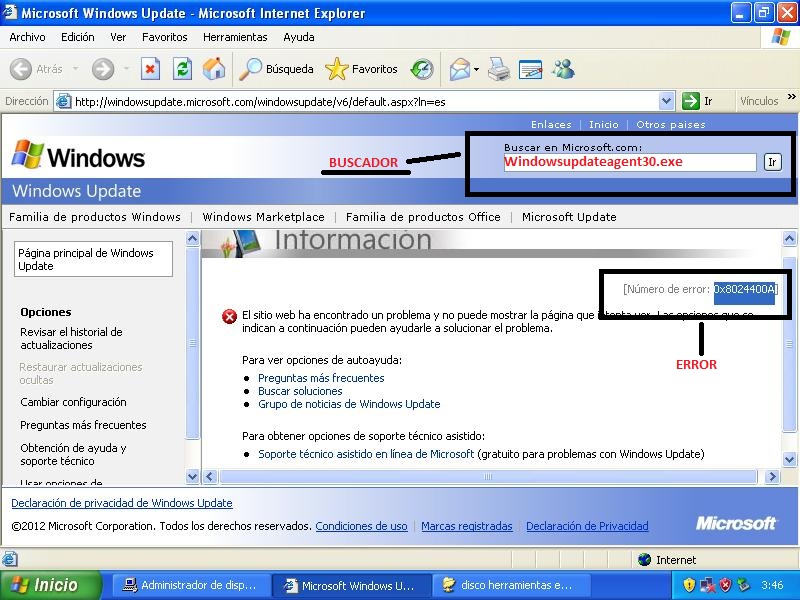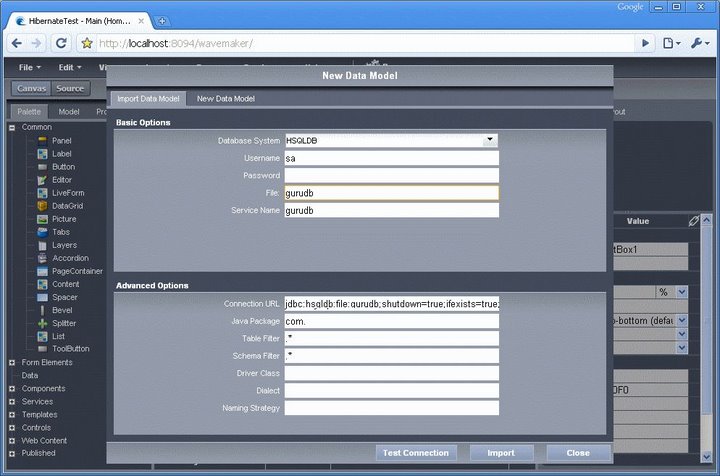Hibernate Named Query Update Example

Hibernate Tutorials - How. To. Do. In. Java. Hibernate an open source Java persistence framework project. Perform powerful object relational mapping and query databases using HQL and SQL. Hibernate is a great tool for ORM mappings in java. It can cut down a lot of complexity and thus defects as well from your application, which may otherwise find a way to exist. This is specially boon for developers with limited knowledge of SQL.
The Java Persistence Query Language (JPQL) is a platform-independent object-oriented query language defined as part of the Java Persistence API (JPA) specification.
In this page, I have categorize all available hibernate tutorials in this blog. This page will be updated every time, a new hibernate tutorial is published in this blog. Stay Tuned !! Feel free to suggest topics you want to read more on. Hello world application. In this post, I will try to detail out more information on hibernate and then will identify the basic steps to use hibernate for our first running example application. Basic concepts. If you have been watching previous hibernate releases then you must have noticed that they have deprecated a lot of classes in quick succession.
- See JavaDoc Reference Page.
- Hibernate created a new language named Hibernate Query Language (HQL), the syntax is quite similar to database SQL language. The main difference between is HQL uses.
Deprecated classes are Annotation. Configuration, Service.

Registry. Builder and so on. In this tutorial, I am giving an example of building hibernate Session. Factory without using deprecated classes mentioned above. I am using latest hibernate version i. Hibernate 4. 3. 6. Final, so you can make sure that you are using latest approach for building session factory.
Many times in our application, we face a situation where we have to compare two objects to check their equality for satisfying some business rules. In core java, we have already much knowledge about checking equality of objects, but in hibernate we need to take care of few extra things as well. Let’s learn what are those extra concepts.
When we annotate the java classes with JPA annotations and make them persistent entities, we can face situations where two entities can be related and must be referenced from each other, in either uni- direction or in bi- direction. Let’s understand few basic things before actually creating references between hibernate entities. Given an instance of an object that is mapped to Hibernate, it can be in any one of four different states: transient, persistent, detached, or removed. We are going to learn about them today in this tutorial. In this example, I am using HSQLDB Database for creating and accessing in- memory database through our hibernate code. To enable cascading effect, we had use “Cascade. Type” attribute in entities.
In this tutorial, we will learn about various type of available options for cascading via Cascade. Type. A you may know that prior to the inline annotations, the only way to create hibernate mappings was through XML files. Although various tools from Hibernate and third- party projects allowed part or all of these mappings to be generated from Java source code automatically. Today annotations is the newest way to define mappings but it is not automatically the best way to do so. Let’s discuss the drawbacks and benefits of hibernate (or I should say JPA) annotations before discussing when to apply them. HQL is an object- oriented query language, similar to SQL, but instead of operating on tables and columns, HQL works with persistent objects and their properties.
It is a superset of the JPQL, the Java Persistence Query Language; a JPQL query is a valid HQL query, but not all HQL queries are valid JPQL queries. HQL is a language with its own syntax and grammar. Let’s learn HQL using following examples: Basic HQL Syntax. Update Operation. Delete Operation. Insert Operation.
Select Operation. The from Clause and Aliases. The select Clause and Projection.
Using Named Parameters. Paging Through the Result Set. Obtaining a Unique Result.
Sorting Results with the order by Clause. Associations. Aggregate Methods. Named Queries. Using Native SQLEnable Logging and Commenting. The Criteria Query API lets you build nested, structured query expressions in Java, providing a compile- time syntax checking that is not possible with a query language like HQL or SQL. The Criteria API also includes query by example (QBE) functionality. This lets you supply example objects that contain the properties you would like to retrieve instead of having to step- by- step spell out the components of the query.
It also includes projection and aggregation methods, including count(). Let’s explore it’s different features in detail. Basic Usage Example. Using Restrictions with Criteria. Paging Through the Result Set. Obtaining a Unique Result. Obtaining Distinct Results.
Sorting the Query’s Results. Performing Associations (Joins)Adding Projections.
Query By Example (QBE)Summary. In this this tutorial, I will be discussing a must- known feature in hibernate known as lazy loading. This is useful specially if you working in a very large application.
CRUD Operation Examples. In this tutorial, I am giving example of inserting data in a single table.
Named queries in hibernate is a technique to group the HQL statements in single location, and lately refer them by some name whenever need to use them. It helps largely in code cleanup because these HQL statements are no longer scattered in whole code. Examples of loading an hibernate entity using either load or get method.
Please not that creating an instance of a class, you mapped with a hibernate annotations, does not automatically persist the object to the database. It must be save explicitly after attaching it to a valid hibernate session. Let’s learn how to do it. In this tutorial, I am discussing few thoughts around refresh() and merge() method present in hibernate session class. Hibernate entity mappings. Corel Paint Shop Pro 12 Keygen.
Let’s discuss variations of one- to- one mappings supported in hibernate: Using foreign key association. Using a common join table.
Using shared primary key. Discuss variations of one- to- many mappings supported in hibernate: Using foreign key association. Using a join table. Discuss variations of many- to- many mappings supported in hibernate. Hibernate Connection Pooling and Caching.
By default, Hibernate uses JDBC connections in order to interact with a database. Creating these connections is expensive—probably the most expensive single operation Hibernate will execute in a typical- use case. Since JDBC connection management is so expensive that possibly you will advise to use a pool of connections, which can open connections ahead of time (and close them only when needed, as opposed to “when they’re no longer used”). C3. P0 is an example of an external connection pool. In this tutorial, we will learn to use it with hibernate. Caching is facility provided by ORM frameworks which help users to get fast running web application, while help framework itself to reduce number of queries made to database in a single transaction. Hibernate also provide this caching functionality at first level and second level.
In this tutorial, I am giving an example using ehcache configuration as second level cache in hibernate. Fist level cache in hibernate is enabled by default and you do not need to do anything to get this functionality working.
Let’s learn more about it. In this tutorial, I am giving concepts around hibernate second level cache and give example using code snippets. Hibernate best practices. Hibernate 4 has bring lots of improvements and @Natural. Id is one of such nice improvements. As you know @Id annotation is used as meta data for specifying the primary key of an entity.
But sometimes, entity is usually used in DAO layer code with id which not not primary key but its logical or natural id. In such cases, @Natural. Id annotation will prove good replacement of named queries in hibernate. Lazy loading is a design pattern commonly used in computer programming to defer initialization of an object until the point at which it is needed. Hibernate lazy loading can be done by specifying “fetch= Fetch.
Type. LAZY” in hibernate mapping annotations. Integration with other frameworks. This tutorial is focused on usage of Hibernate with Spring 3 framework.